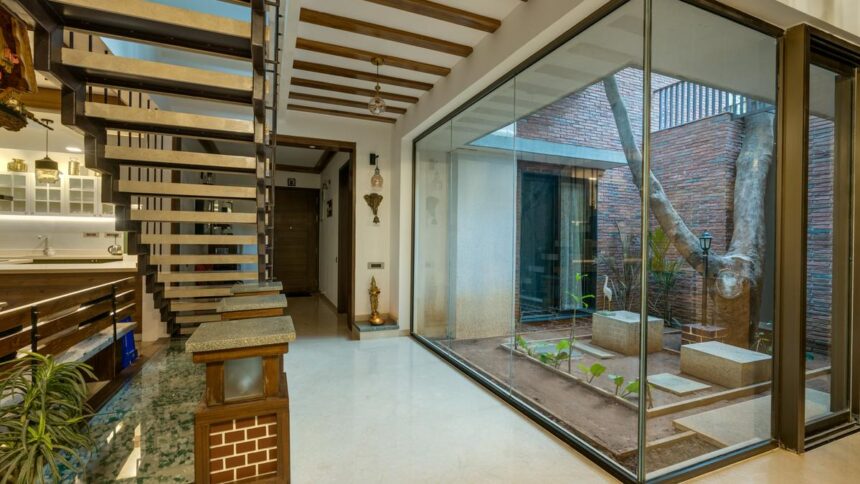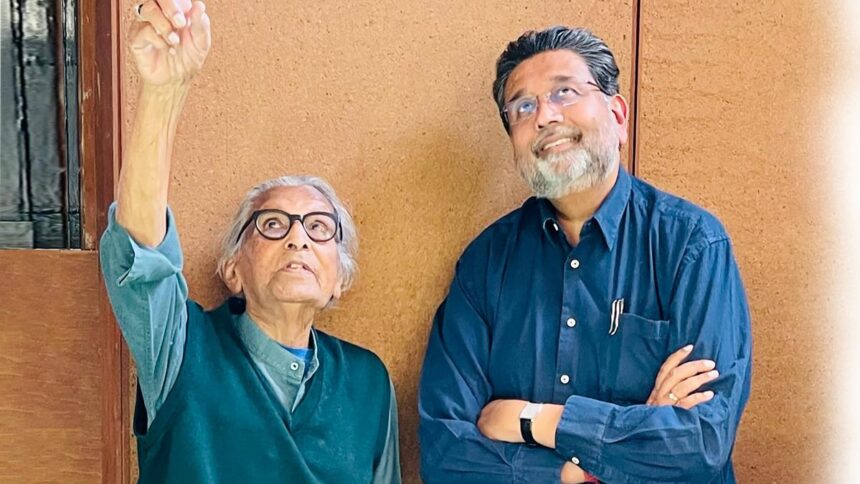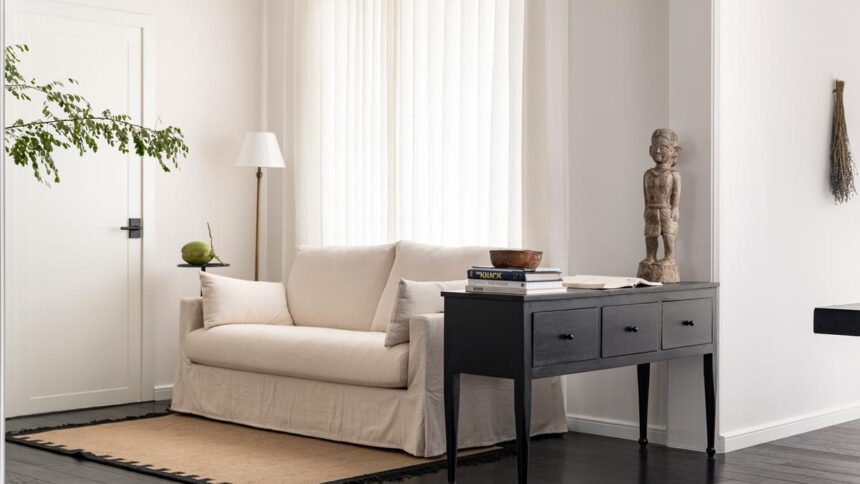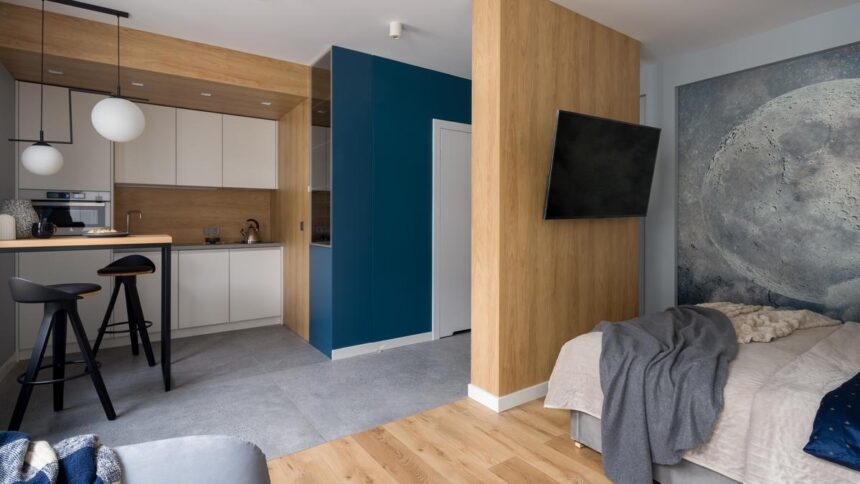Furniture design today is less about the piece and more about the process. It’s storytelling,interwoven with heritage, wrapped into an elegant objet d’art. While the world is looking at India for its heritage crafts and textile traditions, Indian designers are marrying traditional artforms with contemporary purpose. Most designers tend to agree that the craft and materiality are often the muse. We speak to five design houses across the country to find out their inspiration, materiality, forecasts, process, and pet peeves.
Scarlet Splendour, Kolkata

Straw imported from France is dyed in Kolkata to create intricate weaves at the workshop.
Founded in 2014 by siblings Suman Kanodia and Ashish Bajoria, the designers envisioned a space where artistry meets fantasy and maximalism is tempered with functionality. From collaborations with international designers to teaching Indian craftspeople French marquetry and resin inlay work, Kanodia opines, “Indian craftsmen are capable of much more than we think. Skills from one area can be translated into another seamlessly. Italian designer Matteo Cibic was inspired by bone, horn and ivory inlay work, but wanted to recreate the effect sans animal products, in resin. Now our craftspeople are skilled at resin work, and the same goes for the straw marquetry.” Straw imported from France is dyed in Kolkata to create intricate weaves at the workshop. From the Animagic series that imagines andromorphous figures in brass and resin to their forest foray, with a Gorilla Chair fashioned from leather, or the Orbit Bar (Unrealism Collection) with brass and copper marquetry, to the eponymous Nazar cabinet by Lebanese designer Richard Yasmine, where Egyptian myth meets Lebanese escapism and Indian artistry, in mother of pearl, wood and brass, materiality it is both thoughtful and craft- led. “Today’s clientele has a willingness to experiment with material, so architects and designers in India are happy to get into sculptural design. What was originally furniture has now crossed into the art space. Craft is now a living entity, serving a new generation,” explains Kanodia.
This and That, Ahmedabad
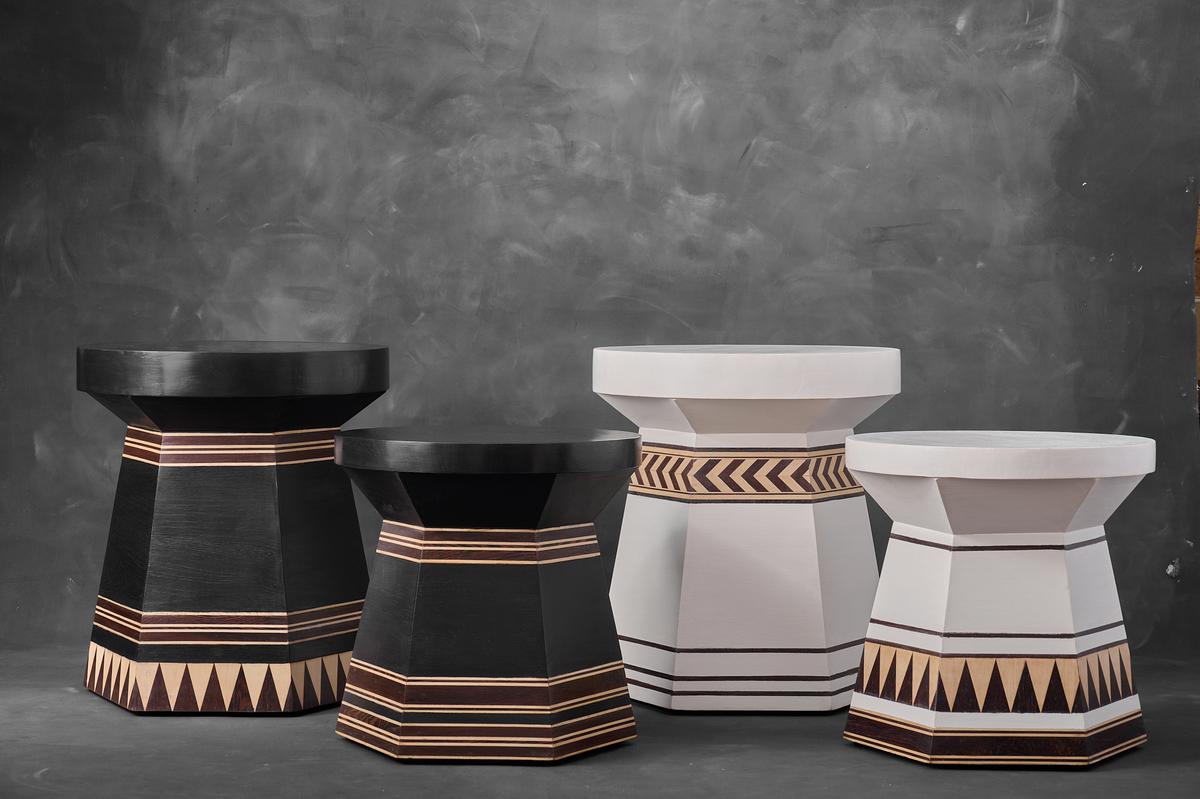
From the laakh (lacquer) work of Gujarat and the intricate inlay work that mimics the extra weft of Mising Assamese textiles, Ginwala immerses herself in the community, to create craft.
Founded in 2016 by spatial designer Ariane Thakore Ginwala, sustainability and heritage are front and centre at the studio. Working primarily with reclaimed teak, This and That has eclectic collections — the Forest follows biomorphic design drawn from foliage in Borneo, to the Bastar collection that sources unique tribal doors from Chattisgarh. From the laakh (lacquer) work of Gujarat and the intricate inlay work that mimics the extra weft of Mising Assamese textiles, Ginwala immerses herself in the community, to create craft. “Our work is an interesting mix of craft and furniture. Today, we see a shift where interior designers and clients want to buy Indian craft for every aspect of their living space.” The Bastar collection uses doors carved by the men of the Muriya tribe. These sturdy sal doors bear testimony to their proximity to nature, with floral motifs often adorning them across square sections. These doors are fashioned into cabinets, beds and wardrobes, using reclaimed wood. Playing with tactile elements, Ginwala brought the Aagor collection to life, where thin strips of reclaimed teak and oak meet inlay with sycamore, walnut, padauk and wenge, to offer the texture of handwoven heritage textiles. At the studio, collections are often driven by the mastery of the craft. “For the Malta series, one of my carpenters who worked with banded inlay pieces over 35 years back, brought the craft, and I just contemporised it with design.”
Portside Café Furniture Studio, Delhi
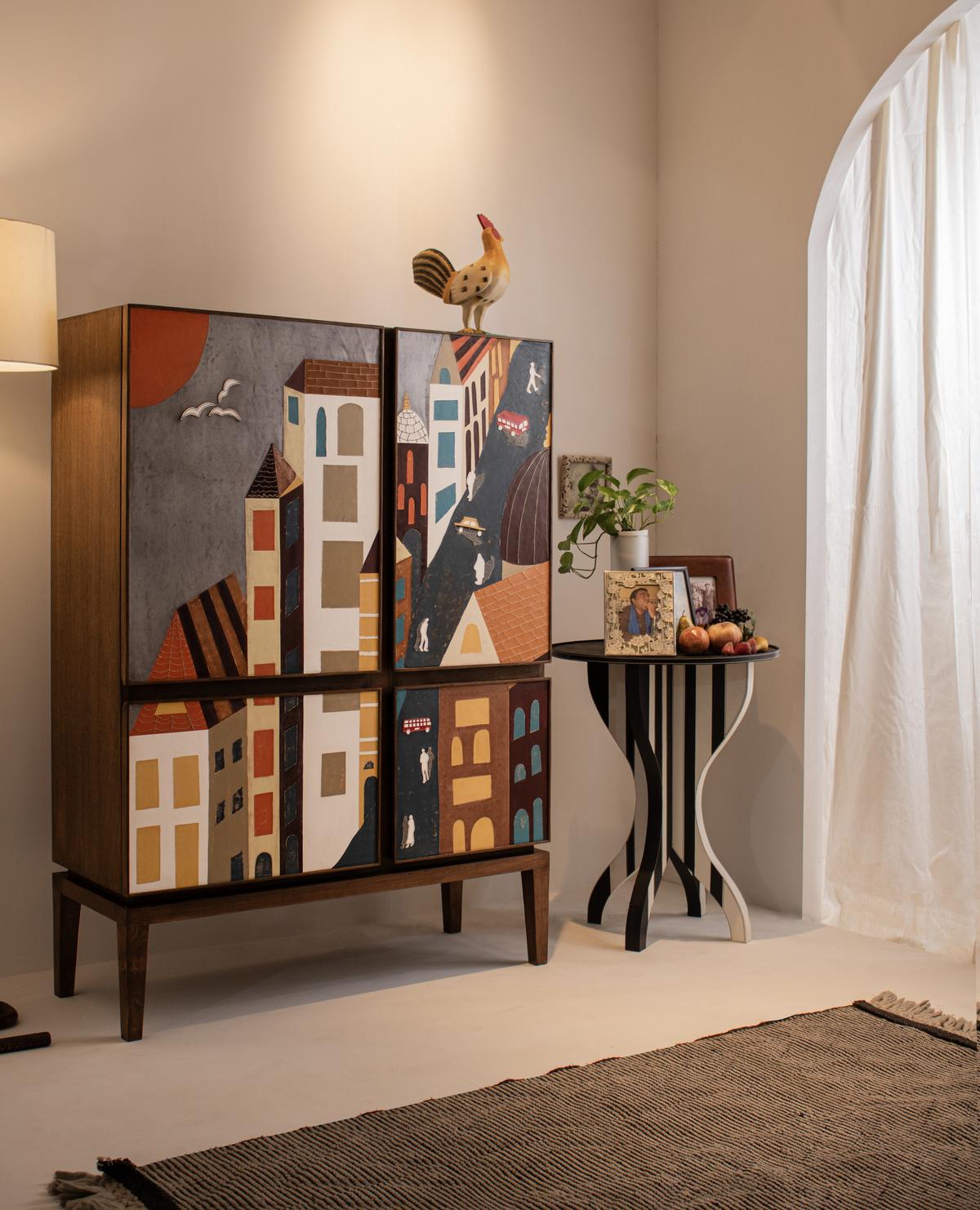
An economics major, who even worked in the shoemaking industry, Aggarwal is upbeat about furniture design in India.
The scenes of a city and the allure of leather offer inspiration to principal designer Bobby Aggarwal, who uses his time in Mumbai to inform his latest collection, Denscity. “It captures the essence of urban landscapes, which are largely unplanned but slowly evolve,” explains Aggarwal, whose muse- Mumbai by moonlight, finds form on tables, partitions, accent chairs and even bar cabinets. Found waste wood, leather and brass, shine a spotlight on the chaos of a city, and the rhythm of life that unfolds within it. “I like surface elements that offer glimpses, like scenes chanced upon on a train ride, by moonlight.” This ubiquitous moon shows up in an aluminum plate on a table and in parchment for a light fixture. “Instinctive design is important to me, relying on memory and my reaction to things,” he says. An economics major, who even worked in the shoemaking industry, Aggarwal is upbeat about furniture design in India. “People all over the world are looking at us, and are proud of the Indian pieces they source.” His pet peeve? “Some Indian consumers still want the European heavy duty look. I refuse moodboards and designs brought to me,” emphasises the designer, whose latest Art Deco collection of mirrors, coffee tables and bars will be unveiled at ID Mumbai in September.
Studio Neon Attic, Chennai
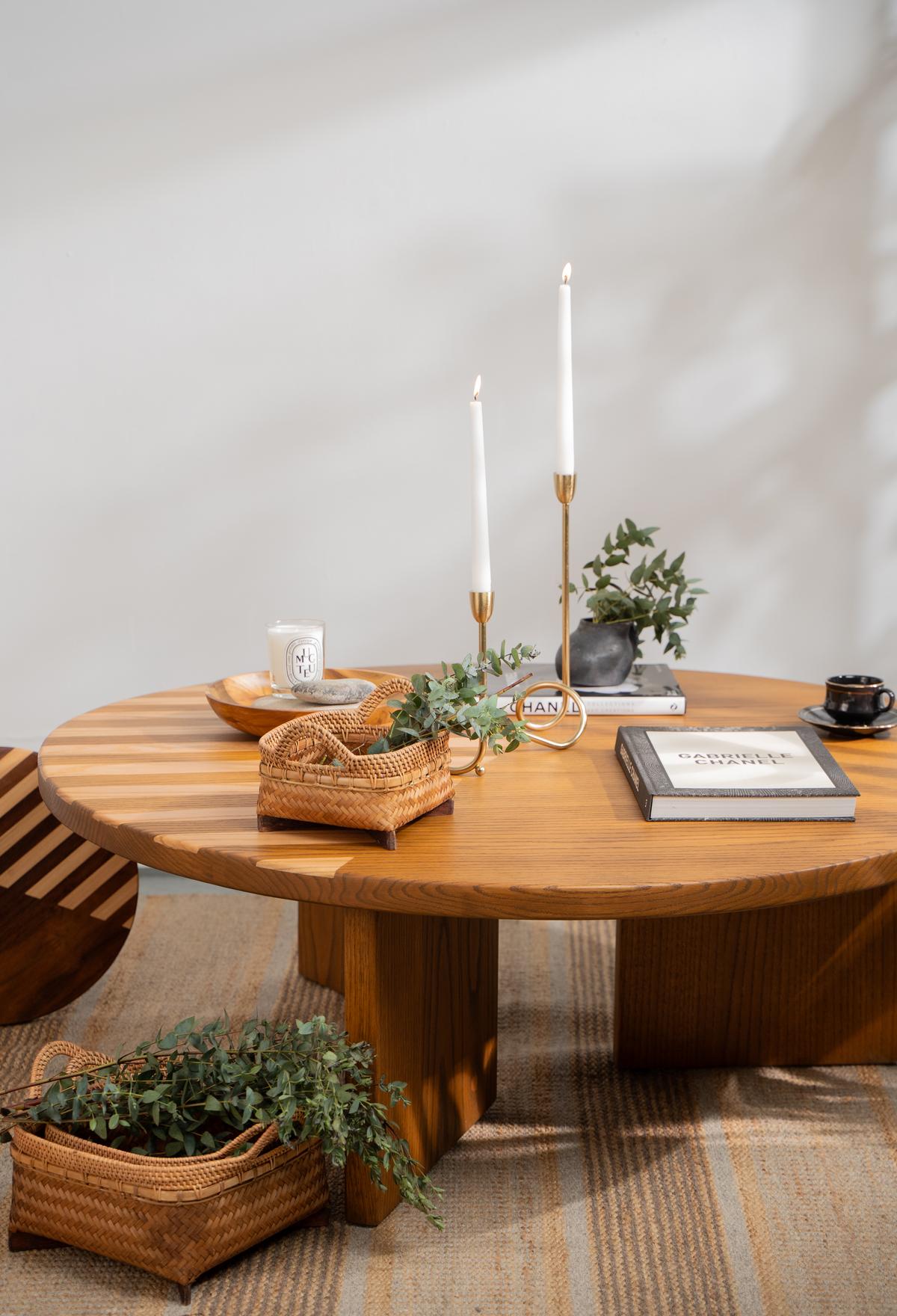
Climate sensitivity and circularity are important considerations, intrinsic to creating effective and evocative interior spaces.
Founders Sripriya Ganesan and Rambha Seth stress ergonomics and clean design over fanfare. “If a chair nips your sciatic nerve, it doesn’t matter if it’s woven by cherubs. Comfort is the minimum viable vibe,” says Ganesan, adding that material honesty is paramount to good design. “Let the birch grain show off its freckles.” Climate sensitivity and circularity are important considerations, intrinsic to creating effective and evocative interior spaces. “Cane ‘sings’ in sticky coastal air because it breathes,” she explains, while Seth adds, “Circularity should be serviceable — bolt-off legs, swap-out seat pads, so one can refresh without sending furniture to landfill.” Their process holds space for heritage, without paying homage as a trend. “Instead of googling ‘statement pull handles’, we stumbled upon Madras’ colonial archives and found a tranche of mint coins. Those coins meet Tanjore gold-leafing,The mash-up keeps the colonial relic honest, and the gold disciplined,” explains Ganesan. Does the duo have any forecasts for new material and technology? “Kanika & Jwalant’s [of andblack design studio] parametric seating proved that CNC [computer programming controls automated machinery, like lathes] and Indian carpentry can play nice,” she says, while Seth is clear, “In terms of forecasts, expect basalt from the Deccan and recycled HDPE blends. Patina is overtaking high-gloss; people want pieces that age, not peel.”
Objectry, Delhi
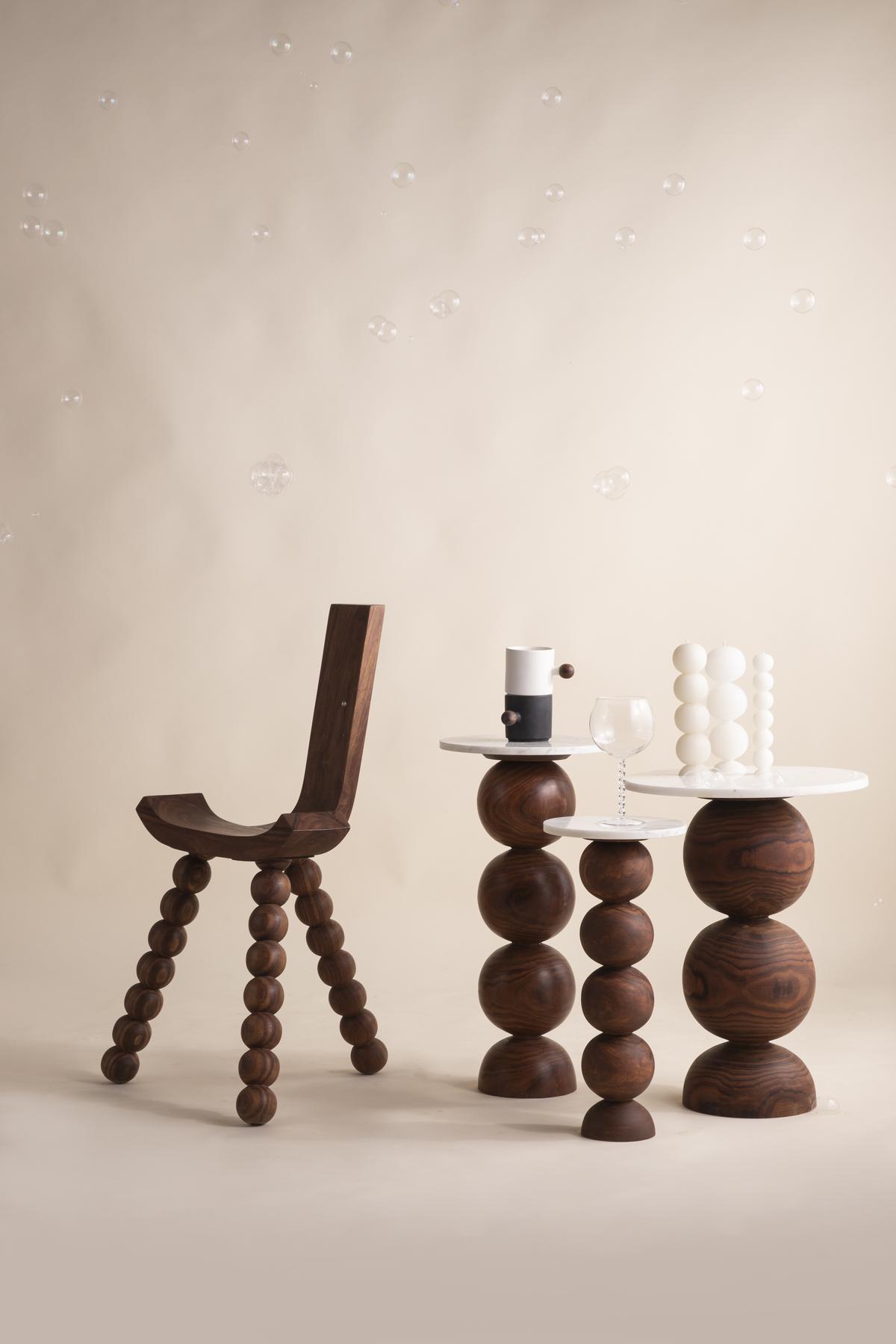
Aanchal Goel helms the decade-old studio, where home decor juxtaposes traditional material with inventive design.
The New Delhi-based studio works with natural materials, creating tables from terracotta and using the founder’s experience with pottery to fashion mixed media furniture. Aanchal Goel helms the decade-old studio, where home decor juxtaposes traditional material with inventive design. “Design is now material-led. With wood, I pay attention to the grain and having studied pottery, I now create with stoneware and clay, sometimes working with Manipuri potterson adding textures to their unique crafts. Cane also lets us take a local craft form and stand out globally.” She says the pandemic forced most homeowners to turn their attention indoors, focusing on buying quality pieces to adorn their living spaces. “They spent more on coffee tables, consoles, dining tables, as they hosted a lot more,” Goel states. With regard to beds, headboards are the new normal. “It is a function of space. We cannot make grand, four poster king size beds for apartments, so now even the queen size bed is being redesigned for compact spaces,and you can only jazz up your headboard with leather or fabric,” she reiterates. , adding “It’s a great time to be a creative person with the growing design awareness on social media.” On the flipside, Goel laments the Instagrammification of design, where trends drive demand, and commerce exerts its pressure on creativity. She is hopeful though, “as long as our furniture goes back to its roots, and we use wood sustainably, it is a good sign.”
The freelance writer is based in Chennai.
Published – August 08, 2025 04:32 pm IST

















